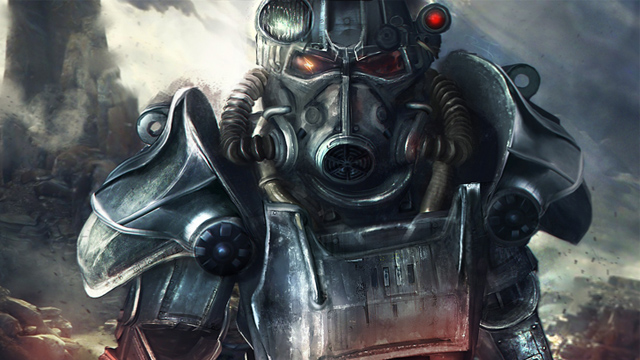
Do video games have to be realistic? If yes, then how realistic should they be? Distributors and game designers look at these things differently. Marketers want to sell as many copies of the IP as possible, which makes them inclined to believe that games don’t have to be realistic as that will bore the audience and hurt sales. But on the other hand realism becomes a more and more prevalent factor in many modern games, such as Kingdom Come: Deliverance and For Honor.
Today teams like to showcase the realism of in-game gear and armor in the developer diary videos. This includes the move sets of the characters, which suddenly makes the realistic approach an excellent selling point.
Let’s look at the history of games and specifically at the way the armor was portrayed in comparison to how things take place in real life.
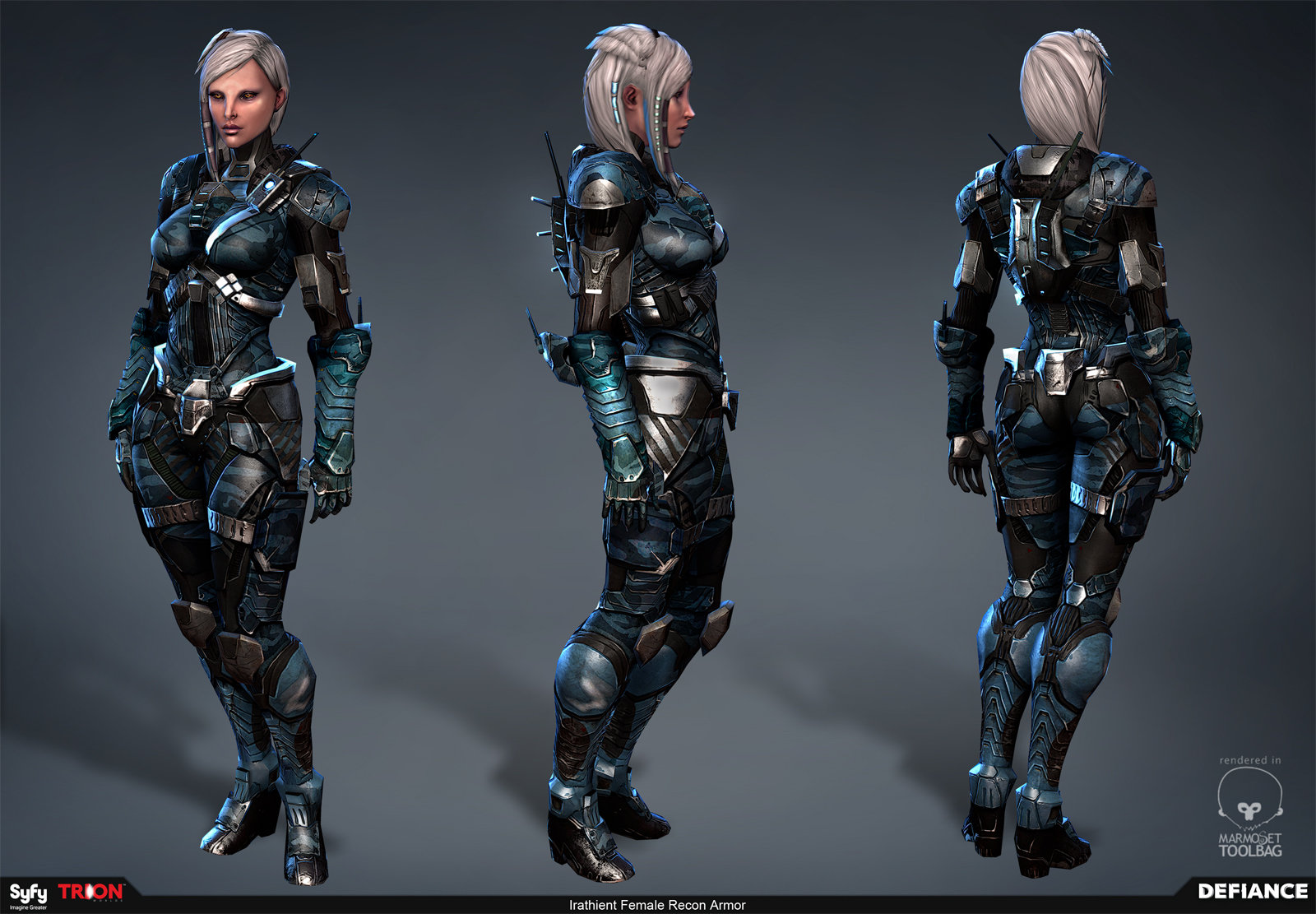
Myth #1: Female vests with breast pockets
In a lot of games you can see female characters wearing armor that is clearly designed to fit and visibly accentuate the shape of their breasts. The reason for doing this from a design standpoint is absolutely clear – ladies always have to look sexy, no matter how much armor they wear.
However, you will never see anything like that in real life. Female vests with breast pockets simply don’t exist . This is not a matter of aesthetics, but of practicality. Modern bulletproof vests would be way less effective if there were any cavities in their metal plates. It’s simple physics – deformed metal is less durable.
In the Middle Ages, women-warriors ordered custom-made armor to fit their body shape, but those were extremely rare cases. On top of that, the armor was usually so heavy that women simply couldn’t wear it. Even men had to bring assistants along who would help them get up from the ground, if they happened to fall down.
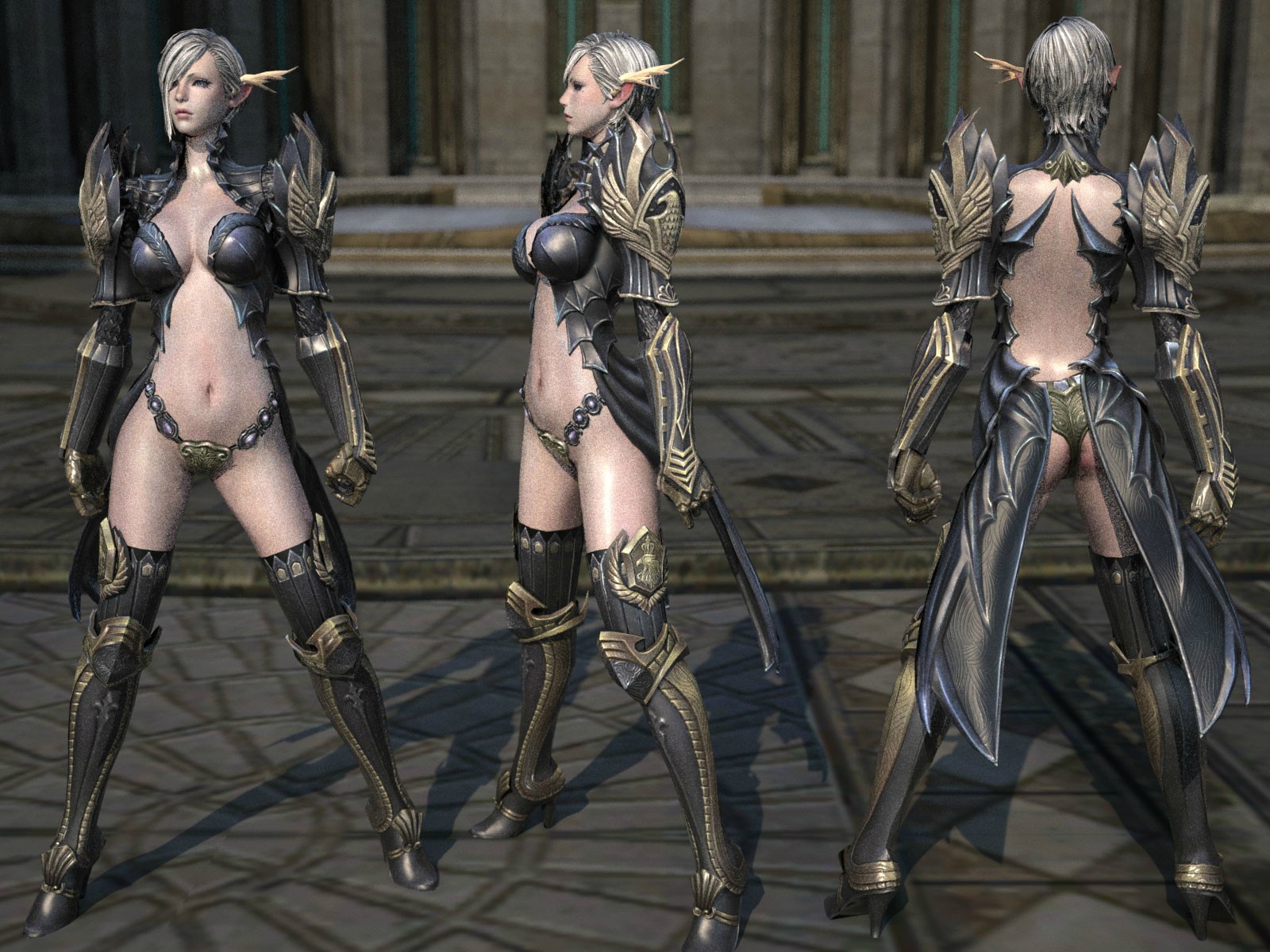
Myth #2: Sexy bikini armor
This trickery goes even farther than Myth #1. How about a bikini-sized armor and high heels? Well, designers don’t care – again, they just want to make their strong female characters look as sexually appealing as possible.
This one, of course, makes no sense in reality, as any armor serves to protect five of the most important inner organs: brain, heart, kidneys, liver and lungs. If you manage to strike any of these organs, then death is almost always either instant or just a matter minutes away.
There is a possibility of creating a new type of armor made of both very strong and at the same time very light materials, but nobody really knows when we'll have that technology.

Myth #3: Capes are important
No doubt that capes look extremely cool on any type of hero, whether they’re from the future or the past. Two of the most famous superheroes both have capes – Superman and Batman. But the truth is that capes don’t make much sense in real life.
In the past, before the industrial revolution, capes were used to protect oneself from the strong winds and burning sun, but were absolutely useless on the battlefield. On the contrary, they were a great obstacle and limited the movements of the wearer.
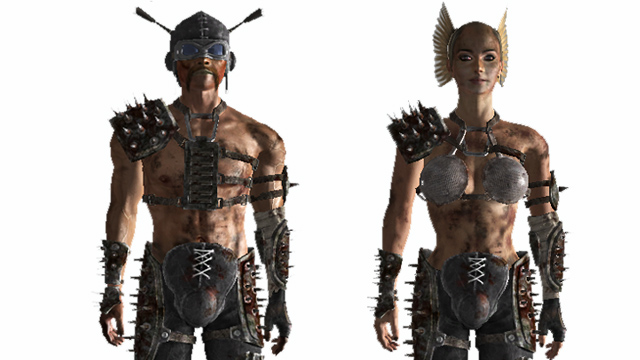
Myth #4: Spiked armor is better
Armor with spikes is often used in post-apocalyptic RPGs, such as Fallout. You could also see its implementation in the last year’s Mad Max game. When looking at them it almost makes sense – they protect the owner of the armor from external damage. Then why don’t we see spikes on any type of the modern armor?
Well, the reason isn’t obvious, but there is one – all these spikes serve as useless extra weight. In the Middle Ages some warriors did attach spikes to their armor, as it made sense at the times when swordfights made two opponents face each other. But today this is not the case and nobody uses swords or spikes anymore.
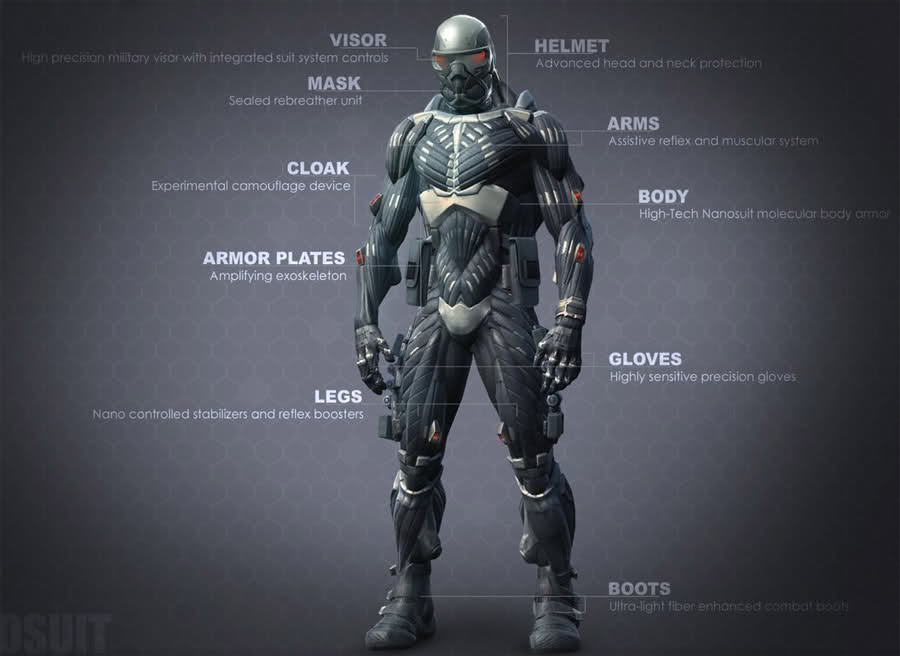
Myth #5: Full Metal Jacket
We are all familiar with full metal power armor from Fallout and OctoCamo costume from Metal Gear Solid series of games. This particular type of armor is made of smart particles that is both resistant to damage and is as flexible as normal cloth. Additionally, it can activate mimic mode, thus becoming invisible to the enemies.
Obviously, if this type of armor existed now it would be a dream come true for modern soldiers. However, nanotechnology is still in its early stage of development, so we probably won’t see anything similar in the near future.
Today you can see something like full-body bullet-proof costumes that consist of many metal plates covering different parts of the body, but these things are extremely heavy and hardly anyone is capable of wearing them in the battlefield.
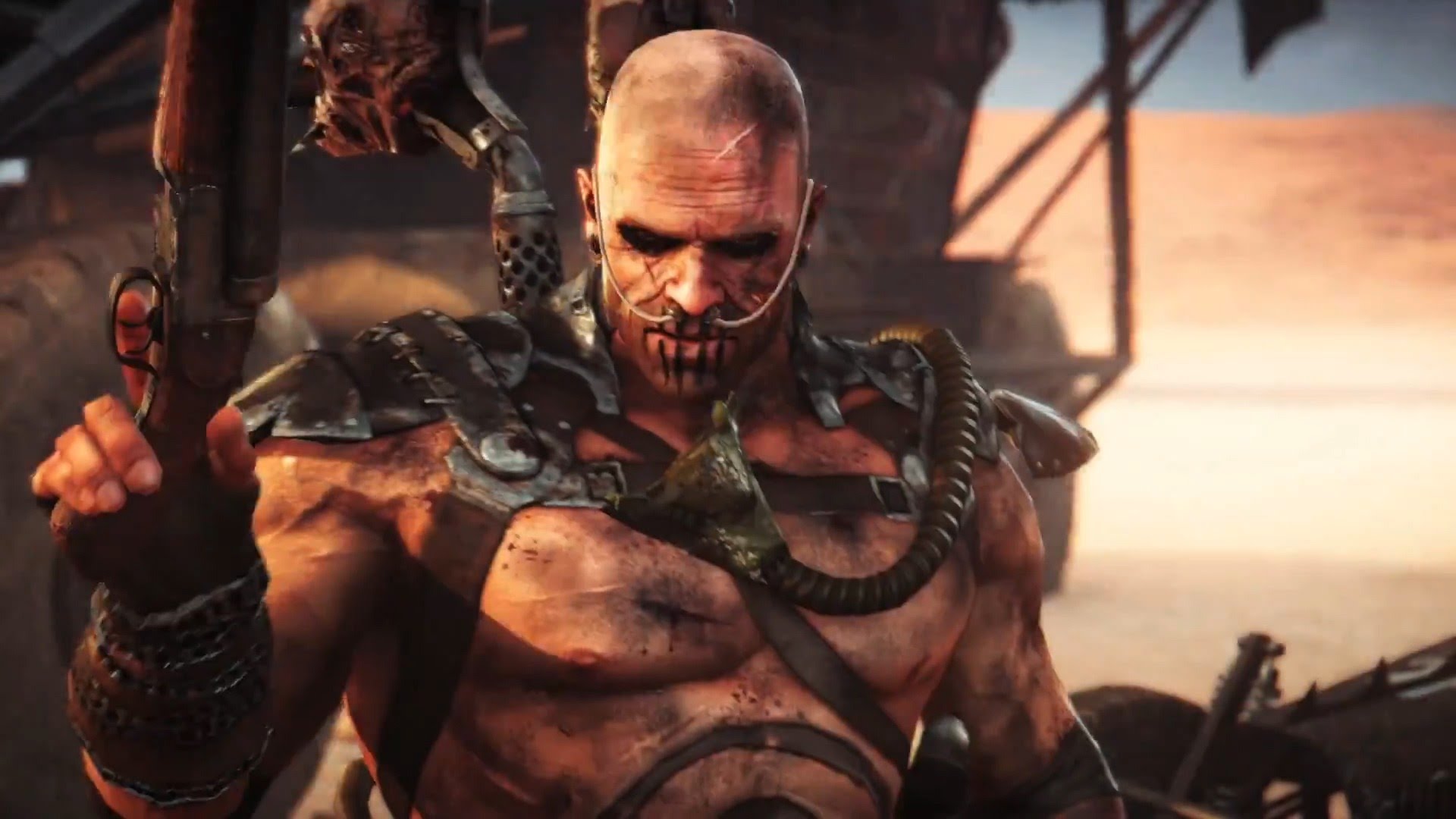
Myth #6: Extreme shoulder protectors
Villains in video games enjoy wearing shoulder protectors on a naked torso. Do they really think it’s a good idea? As a matter of fact, it’s a terrible idea, as shoulders are the least affected area of body. This means that your enemies don’t care about your shoulders… at all.
In reality shoulder protectors are sometimes a necessary accessory, but that’s it. They are never used on a naked upper body as the only part of your armor, unless you are a cosplayer.

Myth #7: Permanent full-body armor
Some video games make you think that its characters wear their highly advanced full-body armor 24 hours a day. Excuse me, but how do they handle their biological needs?
Well, in real life these types of costumes have either the corresponding openings that are easy to access or even have a full life-support system integrated inside the costume. This makes wearing this kind of armor a bit easier, but still not too comfortable.
Obviously, fictional video game characters don’t need any of that, but it wouldn’t hurt if developers could explain how the full-body armor works in their games - it would help players immerse themselves into the worlds of their favorite games even more.
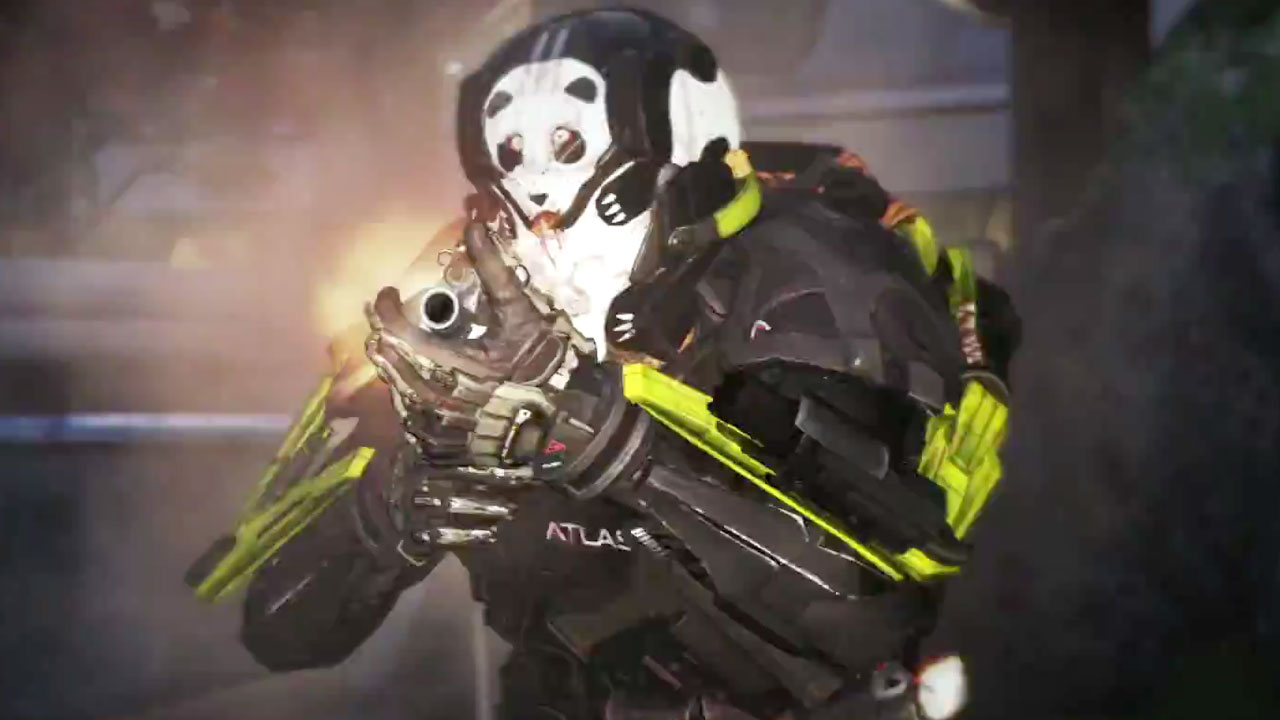
Myth #8: Bright colors and flashy design
Almost every online first-person shooter (Call of Duty, Arma, CS:GO) offers custom armor and weapon skins for your characters. Usually, those skins look like they were made by street graffiti artists – they’re way too flashy and colorful.
Any Special Ops operative would tell you that no one in their right mind would want to wear this sort of armor on the real mission. The purpose of any armor is not only to protect, but also to hide the presence of the wearer by using colors that would help them merge with the background and not the other way around.

Myth #9: Too much equipment
Most video games completely ignore important elements like weight. For some reason, characters can carry an incredible amount of equipment in their backpack. Only a few games actually let the factor of weight influence the gameplay (e.g. Dark Souls).
No soldier can carry more armor and auxiliary equipment than what their physique allows. Current British and US soldiers use the Modular Lightweight Load-carrying Equipment system, also known as MOLLE. It was specifically designed to help soldiers define the necessary amount of equipment they could carry during their missions without overburdening themselves.
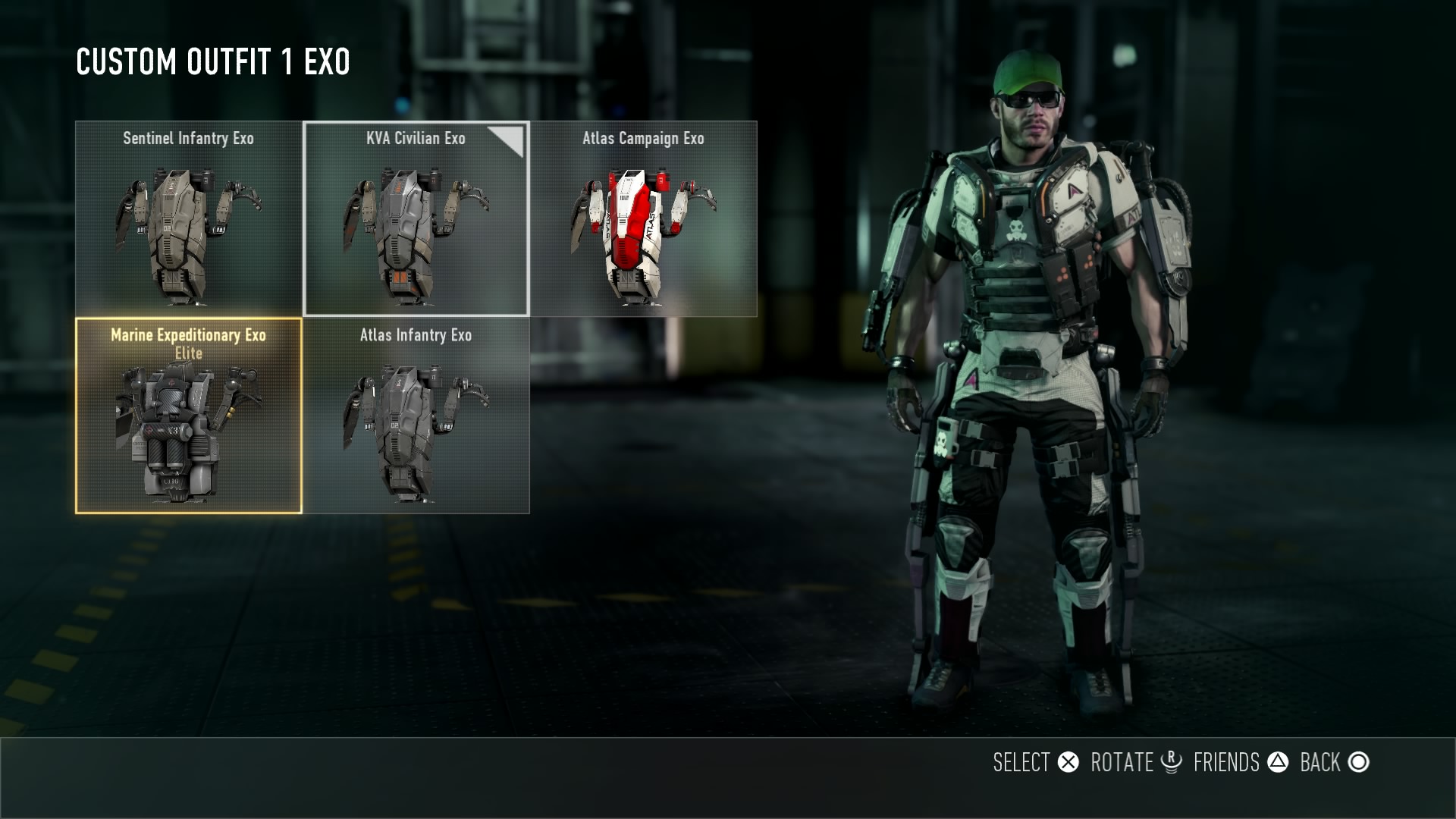
Myth #10: Helmets are useless
How many times did you see a character in the game wear tons of armor, but with no helmet on? This is a common thing, since you can't show an emotional reaction if a character has a darn helmet on. Fortunately, we have Halo.
But let’s be serious, helmets are super important. If you wear a headgear, then be sure that you can at least take one headshot and stay alive. Helmets saved millions of lives throughout history, so if you can wear one in the game – do so!
Keep in mind that while all these myths obviously have nothing to do with reality, the purpose of this article was to show how far away modern video games still are from real life. Although, many developers are trying to narrow this gap and will hopefully manage to do so.
What other myths about armor in video games can you share? Write about your observations in the comments section below.






Published: Apr 16, 2016 09:44 am